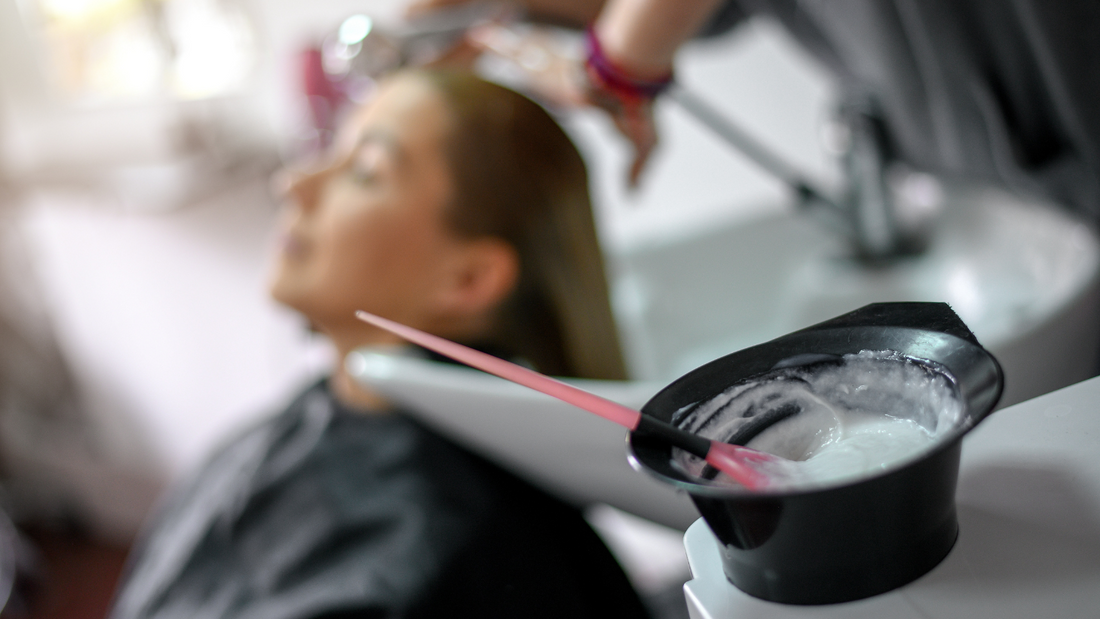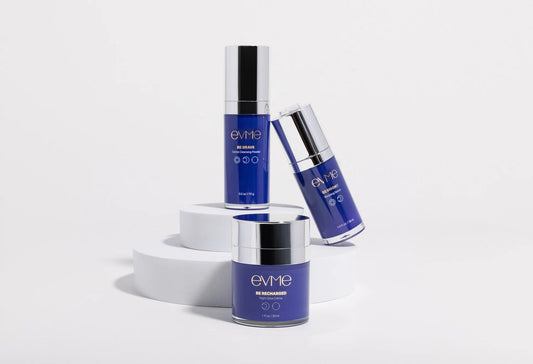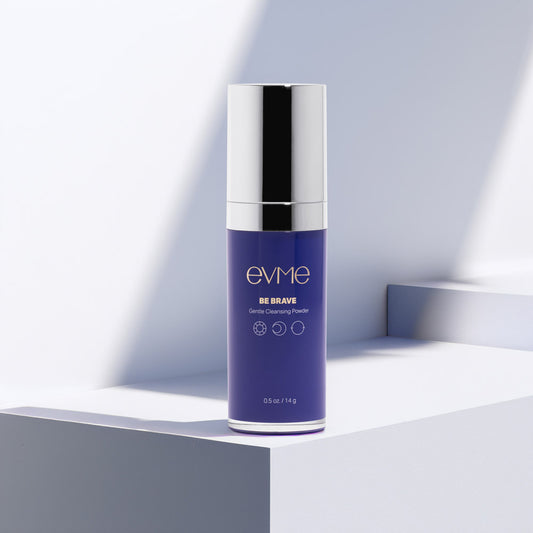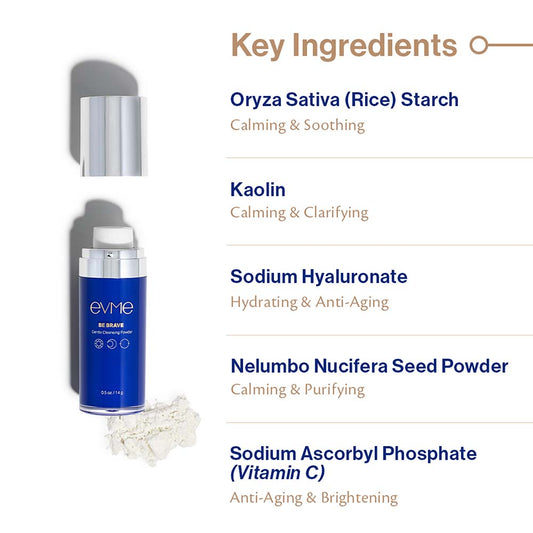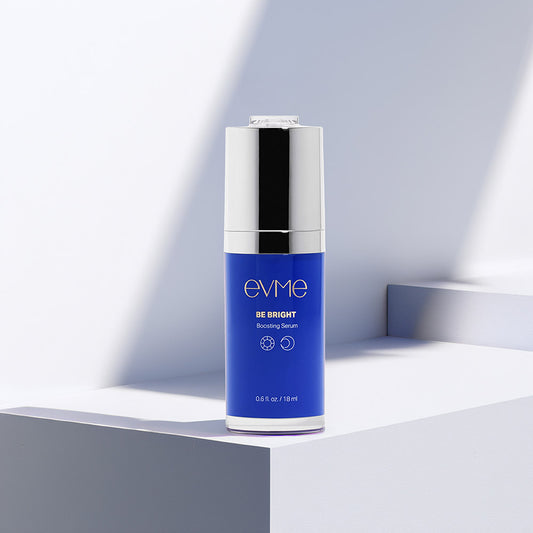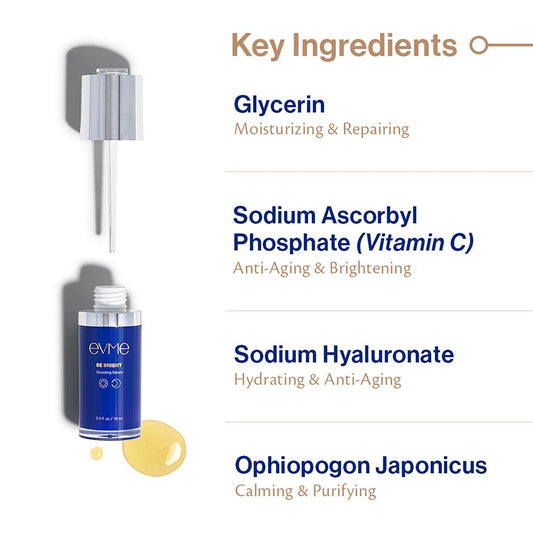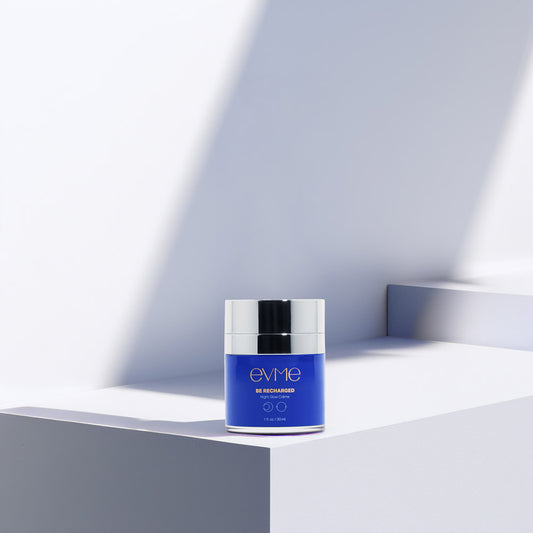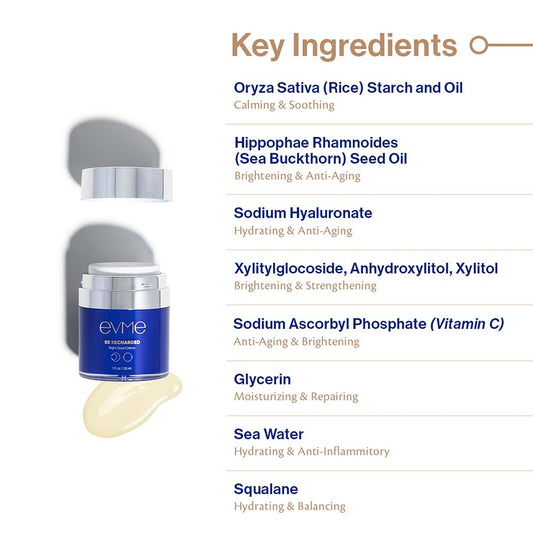Try Evme, allergist-created luxe skincare for sensitive and allergic skin.
Shop All ProductsAllergens that are often under the radar: Acrylates
February 01, 2023
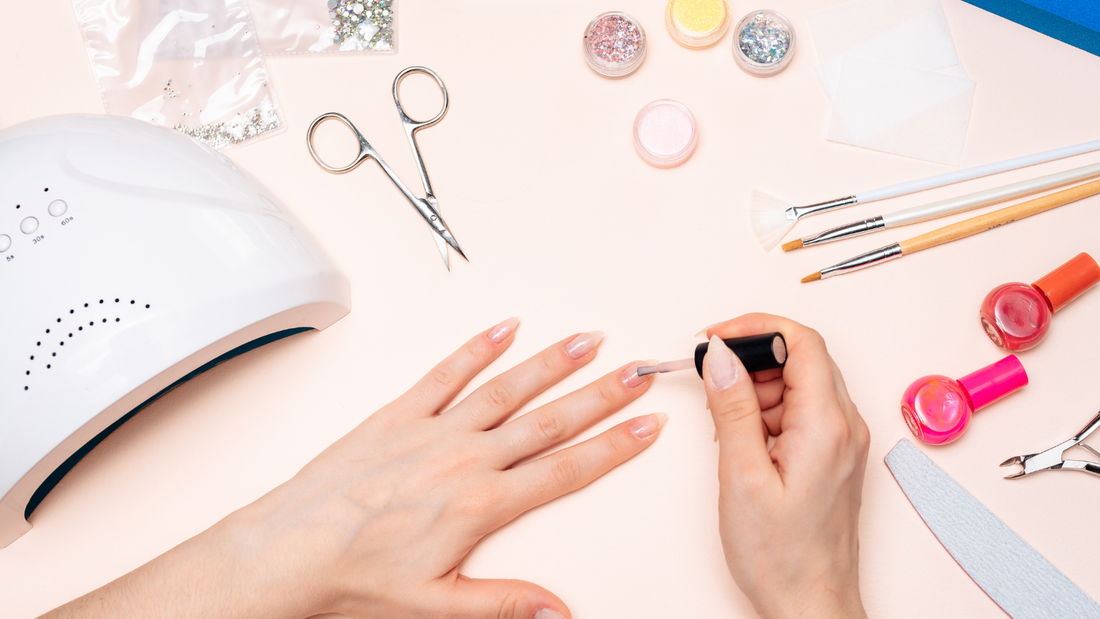
Back To Articles
Are you one of the lucky few who reacts to gel nail polish or eyelash glue? Or do you get reactions from band-aids or other adhesives?
Let’s talk about one of the major allergens we see in glues and adhesives: Acrylates.
You may not have heard of them before, but acrylates can be found EVERYWHERE!
Acrylates are components of glues, adhesives, and plastic materials. They are found in cosmetics, bandage adhesives, rubber, eyeglass frames, dentures, hearing aids, artificial nails, dental composite materials, fast-acting glues (e.g., superglue), continuous glucose monitors and insulin pumps (Free Style Libre and Enlite), and even medical adhesives (Dermabond).
In the beauty industry, we find acrylates primarily in artificial nails (acrylics/wraps/press-on nails), as well as gel, dip, and shellac nail polishes. Acrylates are also hiding in eyelash glue (both the temporary kind and the glue for longer lasting lash extensions), and also some creams and other skincare products.
Not all acrylates are the same
There are different varieties of acrylates, so you may react to some, but not all types of acrylates. Also, if you see the word polymer after the word acrylate - you may be ok. Acrylates are like building blocks - its the individual pieces that cause allergies, but once they are all put together, like in the form of a polymer, they don’t cause reactions the same way.
What does acrylate allergy look like?
The most common symptoms of acrylate allergy include chronic hand eczema and facial (particularly eyelid) rashes, though sometimes it can be associated with nail problems as well (inflammation of the nail folds or changes in the nail itself).
Most cases of acrylate allergy are occupation related, most commonly nail beauticians (80%), followed by dental workers and industrial workers. However, with the rise of nail acrylics, gel nails, and fake lashes, we are seeing it rise in non-occupational settings too!
An unfortunate issue is that rubber (including latex) gloves may not protect the hands from this allergen! This stuff is strong! You have to use special gloves made of neoprene or nitrile, and even wear two sets of gloves on top of each other to get protection for only 45 to 60 minutes!!
But, if you’re allergic to acrylates, there may be some alternatives to think about to protect yourself.
Here are some tips:
Alternatives to traditional bandage adhesives
- Hypoallergenic tape: Cloth surgical tape or paper tape are much less allergenic and tend to cause less redness and irritation.
- Gauze: Instead of using a traditional bandage, you could use a piece of gauze and put it over your wound, then use something like an elastic tubular band to go over it to hold the gauze in place.
Alternatives for acrylates found in eyelash glue
- Unfortunately almost all eyelash glues contain acrylates, and even magnetic lash liners have acrylates! Magnetic lashes have the added issue that they often contain metals to adhere to the liner which can contain nickel, another major allergen.
- I would instead recommend getting an amazing mascara that can add pizzazz to your lashes (read labels to make sure they are acrylate free)! Or maybe even consider an eyelash growth serum!
Alternative for acrylates found in nail products like acrylics, gel nail polish, or nail dips
- Just go for the normal nail polish. Most non-gel or shellac nail polishes should not contain acrylates. They can contain other allergens (formaldehyde, toluene, etc....don’t even get me started!!), but should be acrylate-free.
Some acrylates to avoid:
Ethyl acrylate
Ethyleneglycol dimethacrylate
Ethyl-2-cyanoacrylate
Ethyl methacrylate
Diethyleneglycol dimethacrylate
Methyl-2- cyanoacrylate
Cyanoacrylate
Methyl methacrylate
Triethyleneglycol diacrylate
n-butylcyanoacrylate
2-hydroxyethyl acrylate
Triethyleneglycol dimethacrylate
2-octylcyanoacrylate
2-hydroxyethyl methacrylate
Trimethylol propane trimethacrylate
2-hydroxypropyl acrylate
1,4-butanediol dimethacrylate
2-hydroxypropyl methacrylate
1,6-hexanediol diacrylate
Isobornyl acrylate
Butyl acrylate
Ethyleneglycol dimethacrylate
Ethyl-2-cyanoacrylate
Ethyl methacrylate
Diethyleneglycol dimethacrylate
Methyl-2- cyanoacrylate
Cyanoacrylate
Methyl methacrylate
Triethyleneglycol diacrylate
n-butylcyanoacrylate
2-hydroxyethyl acrylate
Triethyleneglycol dimethacrylate
2-octylcyanoacrylate
2-hydroxyethyl methacrylate
Trimethylol propane trimethacrylate
2-hydroxypropyl acrylate
1,4-butanediol dimethacrylate
2-hydroxypropyl methacrylate
1,6-hexanediol diacrylate
Isobornyl acrylate
Butyl acrylate
At Evme, we’ve identified and excluded thousands of potential allergens and irritants that are commonly found in products, so you can avoid reactions! We make sure there are no acrylates in our products as we further our pledge to be as “sans-allergenic” (without allergens) as we can!
Recommended articles
close
Evme Sans-Allergenic Skincare Products
- Choosing a selection results in a full page refresh.



